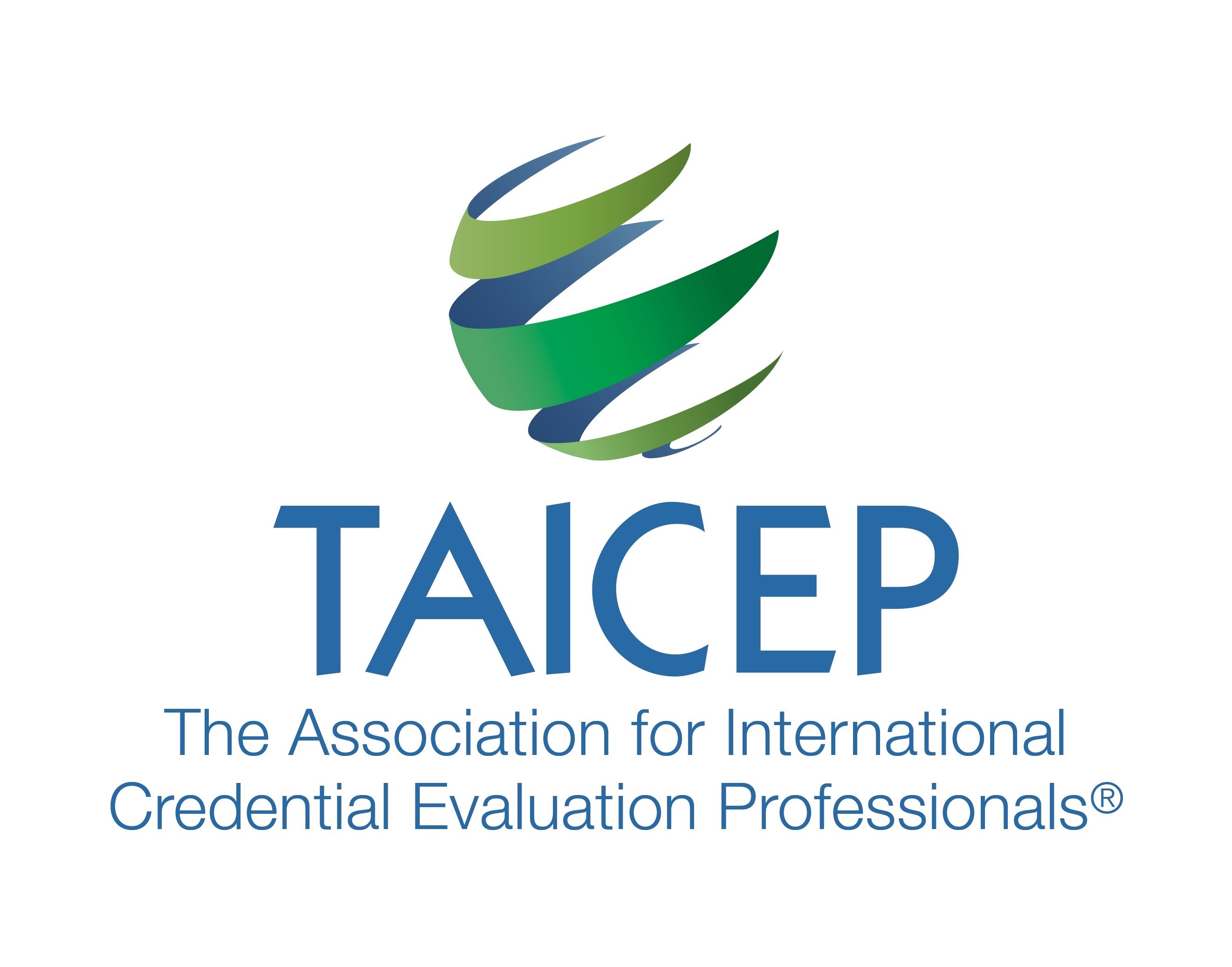TAICEP Conference Planning Structure
Now that TAICEP has held several annual conferences, the TAICEP Executive Board has decided that it is time to create a solid structure around conference planning and has approved the creation of a conference committee. We are actively searching for someone who is interested in being chair of this committee. This position will provide a great professional development opportunity, and if you are interested in becoming the chair of this committee, please let Robert Prather know at robertpprather@gmail.com.
Conference Committee
This ad-hoc committee is responsible for multi-year conference planning and oversight, and reports to the Executive Director, liaison to the Executive Committee. The committee has at least these members:
- Chair (2-year term, appointed by the EB): Responsible for overall conference planning, which includes sourcing future locations and making location recommendations (ensuring a local Coordinator can be found), creating and adhering to timelines, overseeing conference coordinators, maintaining the conference planning manual, ensuring a conference budget is created by the Coordinators so that that the EB can establish conference fees, providing periodic updates to the EB, participating in monthly EB calls with other committee chairs, and ensuring conference coordinators stay on plan. Recommends conference coordinators to the Executive Director for Executive Board consideration and approval.
- Conference Coordinator 1 (about 1.5 year commitment…identified by no later than March 1 the year prior to the conference he/she is responsible for and ends after the final report of the conference and financial settlements are made): Acts as head of a local arrangements group for the next conference.
- Conference Coordinator 2 (about 1.5 year commitment…identified by no later than March 1 the year prior to the conference he/she is responsible for and ends after the final report of the conference and financial settlements are made): Acts as the head of a local arrangements group for subsequent conference.
Local Arrangements Groups
Conference coordinators establish and oversee their own separate local arrangement groups (LAG). LAG members are appointed by the conference coordinators for the duration of planning and executing conferences. The conference coordinators should each establish a team to ensure that the following functions are covered:
- Establishing conference logistics (i.e. what happens when, including session times, meals/breaks, committee and board meetings, outings, etc.). Liaise with Professional Development Committee chair in establishing pre-conference workshop and session lengths and schedule placement.
- Conference registration management and communication
- Conference budget projections and financial tracking and reports
- Conference sponsorship plan and execution (including recommending conference sponsorship categories, seeking sponsors, communications with sponsors, and recognition of sponsors)
- Working with the TAICEP Marketing and Communications Committee chair for conference promotion
- Producing the conference program, assembling member registration packets
- Ensuring IT and room arrangements meet needs of presenters, the EB, etc.
- Managing volunteers as needed to man registration tables, etc.
- Creating and summarizing conference session reviews and an overall conference feedback survey.
At this time, there is no provision or means to provide conference committee and local arrangement group members with conference travel and registration discounts.
TAICEP Certificate Program
We are proud to announce that our Foundation Certificate is now here, and is based on the core competencies of evaluation, research, communication, and professional responsibility. This certificate will attest that the holder has foundational knowledge of credential evaluation and assessment.
Candidates for the Foundation Certificate must be members of TAICEP. Experience in credential evaluation is not required, but strongly encouraged. To learn more about the program and how to apply, please go here. Extracts from the website are listed below.
Our Foundation Certificate will initially only be open to a pilot group of 20 candidates so that the process and content can be continually evaluated by the Certificate Committee based on the experiences of the pilot group. The first 20 applications and payments received by TAICEP will be part of this group. The pilot group will have a reduced program fee of US$125 and the fee will be non-refundable.
TAICEP will be introducing additional subject-specific certificates in 2018, including certificates that can be earned through attendance at the annual conference. Please be aware that the Foundation Certificate must be earned before you can apply to additional certificate programs.
Foundation Certificate
The Certificate Program begins with the Foundation Certificate. This certificate attests that holder has a foundational knowledge of credential evaluation and assessment. It is based on the core competencies of evaluation, research, communication, and professional responsibility. Sub-topics of the competencies are the basis for the Foundation Certificate.
To earn a Foundation Certificate, a candidate must earn at least 100 points through three consecutive steps: professional development, an on-line assessment of knowledge, and a capstone evaluation.
Foundation Certificate Sequence
Step One is professional development. A candidate must earn at least 60 professional development points in the following ways: webinars, conference sessions, workshops, publishing articles in the field, and/or shadowing an experienced credential evaluator. More details about the point distribution and requirements are on the Certificate webpage.
Once at least 60 professional development points have been earned, candidates are eligible to move on to Step Two: an on-line knowledge assessment. This is a web-based examination of the core competencies.
Step Three is the capstone examination. This requires the evaluation of six credentials which includes identifying the credential, the issuing institution, admission requirements, an equivalency, and a rationale for the equivalency.
Inside this edition:
President’s Welcome: November 2017 Newsletter
Committee Updates: November 2017 Newsletter
Education and Licensure of Health Care Professionals in the USA: November 2017 Newsletter
International Secondary Schools: Whose Education System Is it, Anyway? November 2017 Newsletter
Memoriam to Sandy Gault: November 2017 Newsletter
TAICEP Elections: November 2017 Newsletter
TAICEP Strategic Plan: November 2017 Newsletter
Add to Your Library: November 2017 Newsletter
Recent TAICEP Events: November 2017 Newsletter
Upcoming TAICEP Events: November 2017 Newsletter
